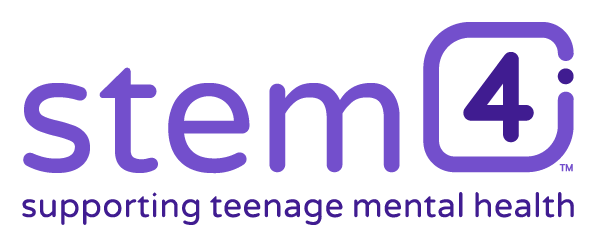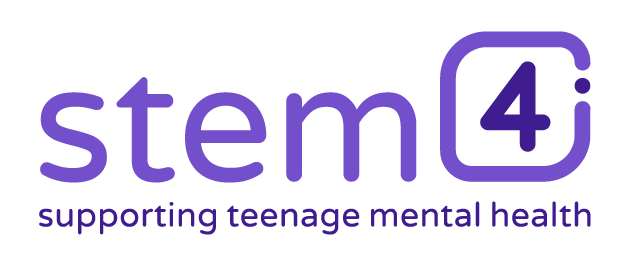As you may be aware as you scroll through social media today, the third Monday of the New Year is often referred to as ‘Blue Monday’; supposedly the most depressing day of the year. Whilst it is true that the ‘come down’ period after Christmas and/or the holidays in January may affect the mental health of many young people, the concept of Blue Monday has no scientific basis. Thus, to understand depression we shouldn’t pin it down to a single day. Instead, we must try and understand what contributes to low mood, and what steps we can take to change it.
There is no doubt that January can be a complicated time as the holiday season finishes. For many, January sees an end of a period where drinking or drug use may have been in excess. For example, ‘Dry January’ has now become commonplace, marking a ‘come-down’ period in the new year. If you feel this applies to you, making allowance for symptoms of withdrawal and ensuring you keep occupied may help. For others, extra eating over the celebratory period may also cause feelings of unhappiness about clothes that fit less well. Remember, healthy eating regimes work far better than diets which are hard to maintain and can occasionally trigger abnormal eating problems.
This January in particular may be a further cause for difficulty. With yet another lockdown, it is likely that the impact of the pandemic including social isolation, the breakdown of daily structure, a loss of goals and challenges, maintaining distance from friends, bereavement, poor health, and worries will have a negative impact on mood. For others, family relationships may be tricky and the impact of the pandemic of everyone constantly being at home, family economics, or families not being able to see each other may highlight problems and heighten stress unhappiness. It is likely, therefore, that repeated periods of lockdown will cause loss of motivation and increase anxiety and depression.

However, despite all of the reasons January may be proving difficult for many, clinical depression and low mood do not come and go for just one day of the year. The concept of Blue Monday trivialises the real and ongoing experiences of those who face depression: a condition that is debilitating for many. For other young people who may be more suggestible, they might take on this negative, trivialised view about depression, leading to further misunderstanding and stigma.
So, instead of focusing on one simplistic day to understand depression in young people, we must break it down into;
(i) understanding its biological nature e.g. inherited factors, light changes in the dark months, vitamin D levels, and the effects of lethargy;
(ii) understanding trigger factors e.g. the pandemic, disrupted routines, lack of goals, non-school/college attendance, stress, missed exams, social isolation, loneliness and changes in friendships;
(iii) understanding thinking patterns e.g. negative thinking and ruminative thinking;
(iv) understanding the psychological effects of adverse and traumatic experiences such as abuse or disasters on the mental health of those vulnerable;
(v) adverse social-cultural issues including poverty and their psychological impact.
Only by viewing all these things together can we get the whole picture.
Depression may not last one day, but it is very treatable and with the right early support there will be light at the end of the tunnel. For mild to moderate depression psychological treatments are best, specifically cognitive behavioural therapy (CBT). For behaviours associated with low mood and depression Behavioural Activation Therapy (BAT) is also effective since it is a goal-oriented approach.
If a young person’s low mood is severe and has lasted for more than a few weeks, stem4 advises seeing a GP who can help assess and direct to the right treatment. An early diagnosis and early help will benefit recovery. Emergency services (111,999, A&E) and charities such as Samaritans and Childline offer 24/7 help. Please see our Further Advice page for a full list of resources and helplines.
stem4’s latest app Move Mood can also help through using Behavioural Activation to set goals and targets at a time when mood and motivation is low. Whilst it can be used at any time, it is accompanied by a video and booklet on using it specifically and safely over the pandemic.

